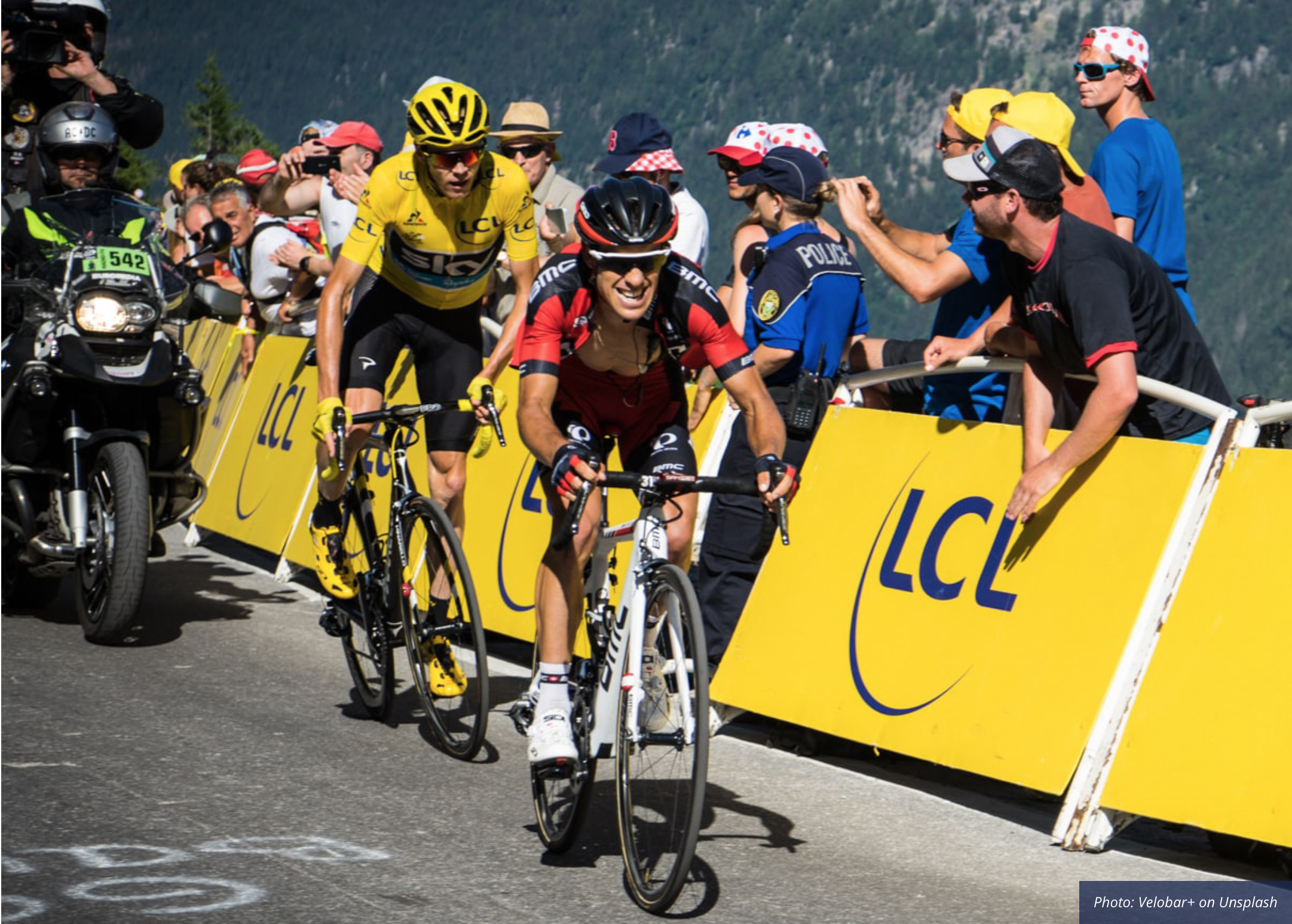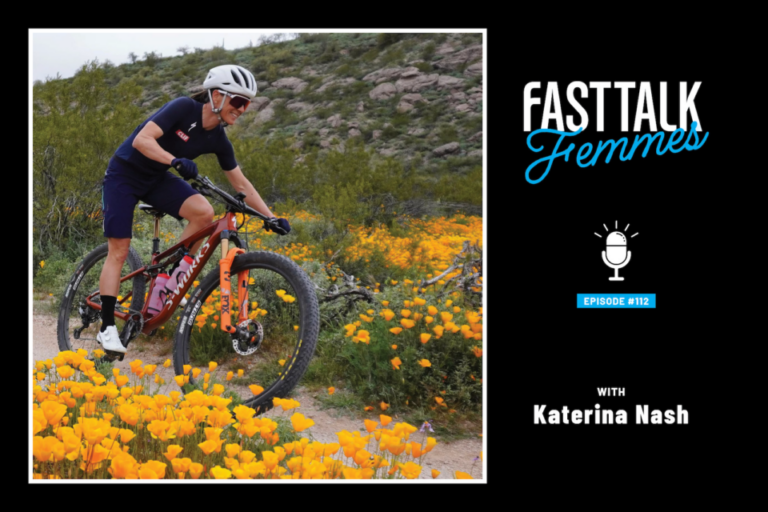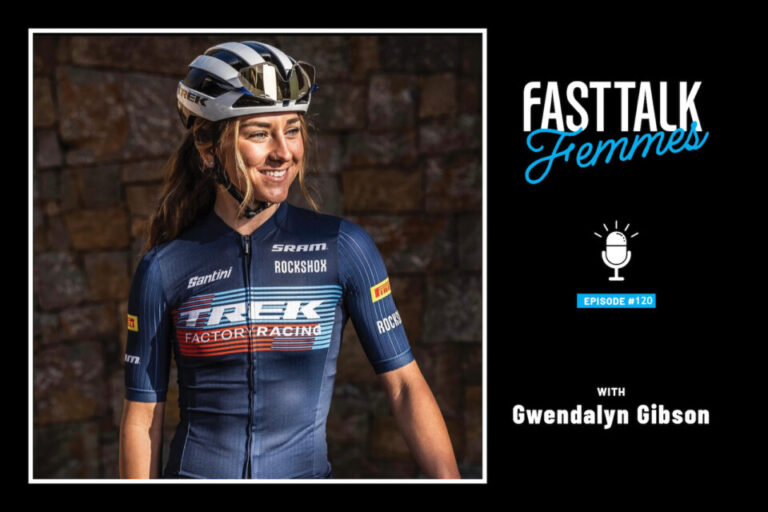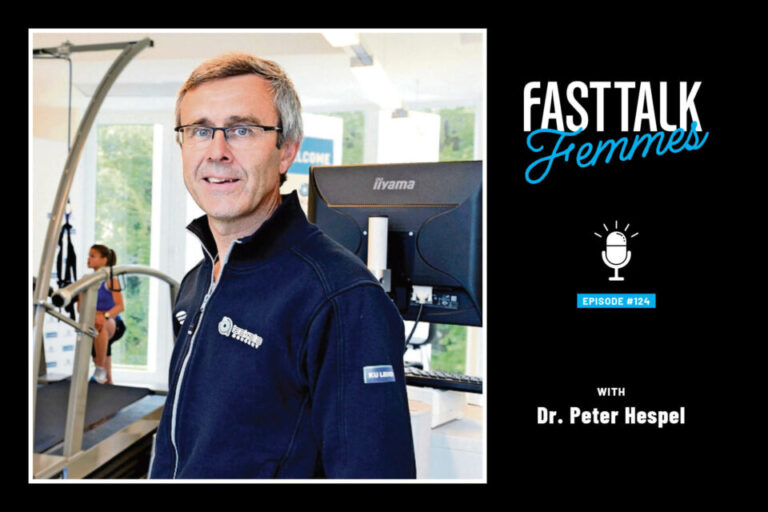How to be Comfortable Being Uncomfortable – Fast Talk Laboratories June 24, 2021
Coach Julie Young explores ways to develop mental skills to embrace discomfort as fuel for growth and performance.
“Growth takes place outside your comfort zone.”
DAWN STALEY, HALL OF FAME BASKETBALL PLAYER AND COACH
To people who aren’t endurance athletes, what we do seems odd, sometimes stupid, and often very painful. Why do you do that to yourself? they might ask.
The reality is, being uncomfortable is as much a part of what we do as why we do it. It may sound cliché, but that uncomfortable feeling is often the sensation that makes us feel most alive.
To truly embrace being uncomfortable—and to make it something we’re comfortable with—takes training. And tapping into why we do our sport of choice is central to our progression as a mentally strong athlete.
Our “why” can be thought of as motivation, and is either fueled intrinsically or extrinsically. We all operate using varying ratios of intrinsic and extrinsic motivation, and that ratio likely varies from day to day and situation to situation.
Ultimately, the more you understand about why you feel the way you do—whether comfortable or uncomfortable, and whether intrinsically or extrinsically motivated—and are able to put those feelings into the greater context of sport, the better you will become at using those sensation and emotions as fuel for improved performance.
To be intrinsically motivated
Whichever endurance sport we choose to do, when we are intrinsically motivated, we have strong internal reasons and drive to do it. We find deep meaning and personal satisfaction just from participating in that sport. In short, we are driven by the enjoyment we derive from doing it. Furthermore, we thrive on the opportunity to be challenged by that sport and the resulting opportunity it provides for growth and improvement.
When we are intrinsically motivated, we are more focused and less distracted because we have clarity on what we want and where we want to go. And when we are connected to our deep intrinsic motivation—a.k.a our “why”—we are willing to do whatever it takes to get to where we want to go. Tapping into our intrinsic motivation fuels purpose and intention in training and racing, and provides a laser mental focus which places pain on the periphery.
When we operate from greater intrinsic motivation, it facilitates a mindset that allows us to think of, embrace, and welcome discomfort as an opportunity to learn and improve—rather than viewing it with hesitancy and dread. We have a “bring-it-on” mentality because we know that when we are outside our comfort zone, we have the best opportunity to improve mentally and physically.
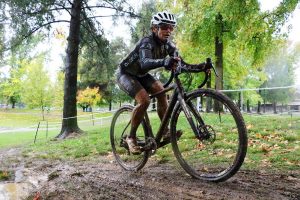
To be extrinsically motivated
When we are extrinsically motivated, we are doing our sport for external reasons: for example, approval from others; rewards like prizes or status; and, nowadays, things like social media kudos and likes.
When we are extrinsically motivated, we are motivated more by “should do” than “want to do,” and this type of motivation is more susceptible to imparting a greater sense of anxiety and fear of failure.
Good days and not so good days
Every athlete will have days when he or she can tap into intrinsic motivators more than relying on any external factors. And then there will be days when it will be a struggle.
Some days our connection to our “why” comes with absolute conviction and clarity—these are, of course, some of the best days to be an athlete. From personal experience, I also know that these types of days, when I bring joy and purpose to my workouts, I can dig deeper and barely notice the pain.
Inevitably, there are days when we are mentally strained, when motivation is hard to come by, and our connection to our “why” is weak—that’s when the pain feels exponentially greater. But herein lies an opportunity. It’s on these days when we can take that discomfort as a chance to grow and improve. With that change of mindset—sometimes easier said than done—discomfort can be seen as a positive rather than a negative.
Maximize training for physical and mental conditioning…
If you are interested in reading the rest of this article and checking out more insightful content to help you be your best athlete, visit Fast Talk Laboratories.

